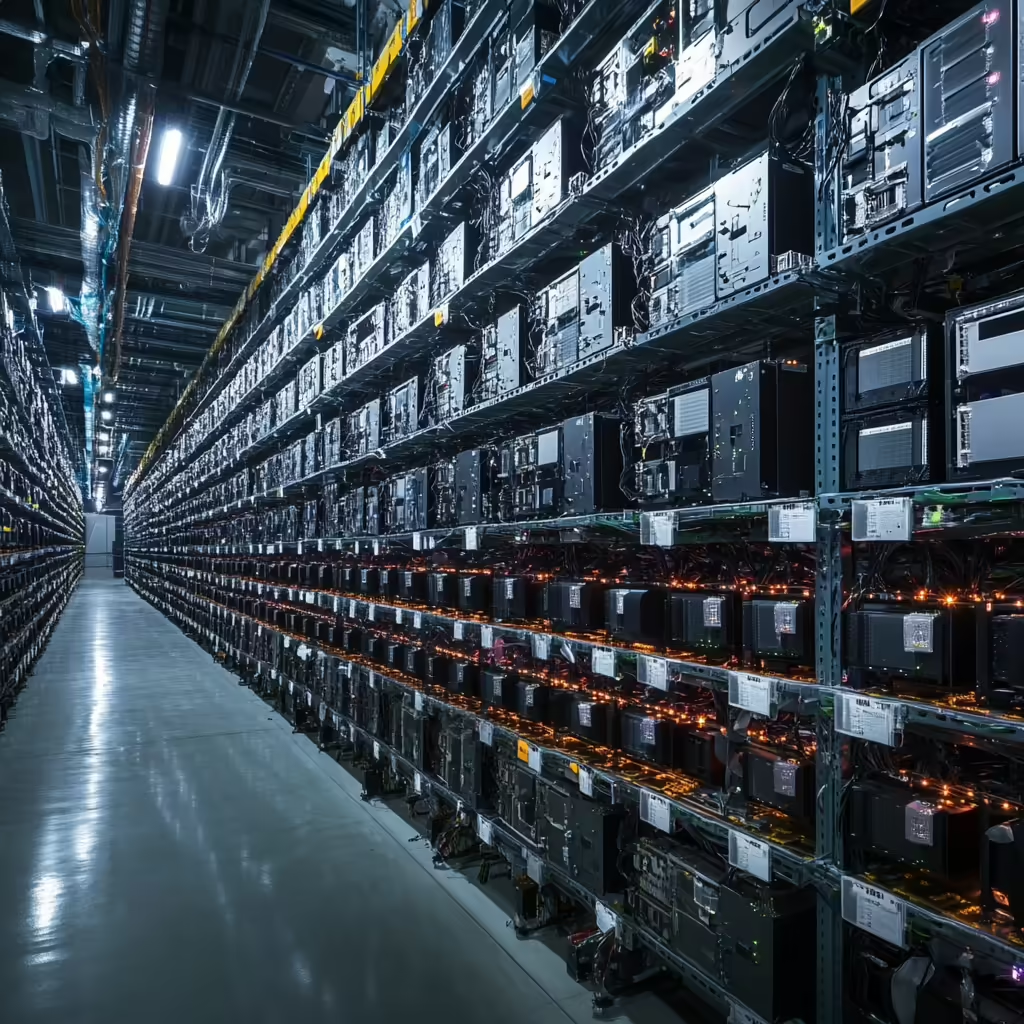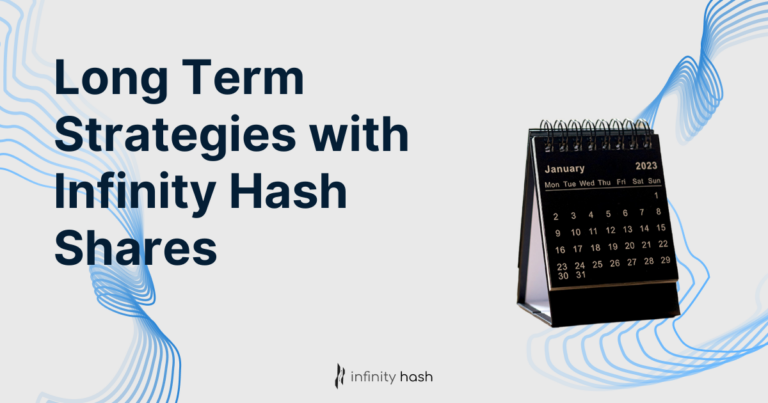Contents
Network Overview
This week, the Bitcoin network saw a continued expansion in hashrate, with a 12.90% increase bringing it up to 709 EH/s. As more miners come online, the mining difficulty also adjusted upwards by 4.12%, now sitting at 92.050 T.

Bitcoin’s price experienced a decline, dropping by 5.73% to $60,574. Last week’s decline was justified by the ongoing geopolitical situation, but this week’s doesn’t seem to have a clear justification. Either way, miner daily revenues still increased by 3.74%, reaching $30.82 million, partly due to the sharp rise in transaction fees, which more than doubled this week, growing by 102.97% to $2.05 per transaction.
Meanwhile, the average mining costs remain much higher than Bitcoin prices, which implies that a large share of miners are operating at a loss.

And here are the top 7 countries by Bitcoin mining Hashrate:

Data Sources:
Bitcoin Miners See Mixed Results Amid Network Difficulty and Expansion Efforts
The latest September reports from Bitcoin miners reveal a mix of performance outcomes due to increasing network difficulty and ongoing market volatility. While Hut 8 and Iris Energy continue to expand their operations, other companies are experiencing dips in Bitcoin production. Hut 8, aiming for 20 exahashes per second (EH/s) by 2025, slightly increased its hashrate to 19.5 EH/s in September but saw a small decline in BTC production. Iris Energy, on the other hand, achieved a significant increase in production, rising from 245 BTC in August to 347 BTC in September, thanks to a 42% increase in operational hashrate.

Bitfarms found it difficult to tackle with the rising network difficulty, but still managed to hit its year-end energy efficiency target ahead of schedule. Despite a drop in production from 233 BTC in August to 217 BTC in September, Bitfarms boosted its energy efficiency by 16% and signed a hosting agreement with Stronghold Digital Mining, adding 2.2 EH/s to its operations. CleanSpark also made headlines with a 187% increase in hashrate over the past year, expanding its operations across three states and raising its hashrate to 27.6 EH/s by September 2024.
Source: CoinTelegraph
Bitcoin Revives Rockdale’s Economy After Alcoa Shutdown
Rockdale, Texas, once devastated by the closure of the Alcoa aluminum plant in 2008, has experienced an economic resurgence thanks to Bitcoin mining. After losing hundreds of jobs and seeing its tax base collapse, the town found new life when Bitcoin miners moved in, leveraging the town’s existing energy infrastructure. Over $1 billion was invested into Rockdale, creating jobs and providing much-needed tax revenue. These mining companies have also supported local services, including schools, police, and community events, contributing to the town’s recovery.

The impact of Bitcoin mining is being felt across Texas, with over 22,000 jobs created state-wide and new facilities planned in towns like Corsicana, which is expected to see a similar economic boost. Despite some critics questioning the job creation compared to energy consumption, Rockdale’s Mayor Ward Roddam defends the industry, pointing to the positive transformation in his town. Bitcoin mining has proven to be one of the fastest-growing industries in Texas, revitalizing rural areas in need of economic support.
Source: Cryptopolitan
Ethiopia’s Bitcoin Mining Industry Surges with 600MW Power Boost
Ethiopia is fast becoming a Bitcoin mining hotspot, with miners now consuming 600 megawatts of power, thanks to the country’s low electricity costs and government support. Ethan Vera, co-founder of Luxor Mining, noted that mid-generation machines like Bitmain’s S19J Pro and Canaan’s A1346 models are widely used, benefiting from Ethiopia’s abundant hydropower resources. The country is expected to add even more capacity before the year ends, solidifying its place in the global Bitcoin mining market.

Ethiopia’s growing interest in Bitcoin mining aligns with its broader push for infrastructure development, including data mining and AI. The government’s efforts, alongside projects such as a $250 million deal with Hong Kong’s West Data Group, aim to strengthen the nation’s digital framework. Despite this rapid expansion, however, a significant portion of Ethiopia’s population still lacks access to electricity.
Source: Crypto.News
Bitmain Unveils New Antminer Machines to Boost Bitcoin Mining Efficiency
Bitmain introduced two new mining machines, the Antminer S21+ Hyd. and S21+, at the Bitcoin Amsterdam Summit, promising improved energy efficiency for Bitcoin miners. The S21+ Hyd. boasts a 15.0J/T energy efficiency and computing power of 319 terahashes (T), while the S21+ offers slightly lower computing power but still impressive energy efficiency at 16.5J/T.

These machines aim to provide a stable and efficient mining experience, with early applicants receiving additional support from Bitmain. The hardware manufacturer also revealed several other innovations, including oil-cooled and air-cooled models to meet various customer needs.
Source: Cryptopolitan
Investors Sue Iris Energy (IREN) Over Alleged Misleading Claims About HPC Capabilities
Investors have filed a class-action lawsuit against crypto mining firm Iris Energy (IREN), accusing the company of overstating its high-performance computing (HPC) capabilities. The suit, led by investor Paul Williams-Israel, claims that IREN falsely promoted its Childress, Texas facility as being ready for HPC operations, despite being inadequately equipped.

The lawsuit focuses on a June 2023 statement from IREN announcing an expansion of the Childress site, which allegedly misled investors about the company’s prospects in HPC. The complaint also includes concerns about IREN’s cooling system, which was reportedly only tested in cooler climates like British Columbia, Canada, raising doubts about its effectiveness in Texas’ much hotter conditions.
The short-selling firm Culper Research supported these claims, criticizing IREN’s ability to compete in the HPC market. The lawsuit seeks compensation for damages caused by the company’s allegedly false statements.
Source: Cointelegraph
Misinformation in Academia and Media Harming Bitcoin Policy, Say Speakers at Bitcoin Amsterdam 2024
During the Bitcoin Amsterdam 2024 conference, experts warned of the damaging effects that misinformation from academic research has had on Bitcoin. On the “Beyond Resistance Money” panel, speakers highlighted how inaccuracies in academia have misled the media, contributing to misguided government policies and harmful regulations.
Andrew Bailey, a senior fellow at the Bitcoin Policy Institute, criticized academic studies on Bitcoin, pointing out errors in influential papers on BTC emissions that continue to shape public opinion and policy. He emphasized that such mistakes have far-reaching consequences because they are frequently cited in journalism and used as the basis for regulatory decisions.

Panellists also noted that journalists often lack the time or expertise to verify academic data, which further amplifies misinformation. Bradley Rettler, a professor at the University of Wyoming, said that flawed research translated into media reports leads to damaging narratives that influence public perception of Bitcoin.
The speakers stressed that policymakers rely on these media reports when drafting regulations, leading to restrictive laws, such as Sweden’s efforts to tax Bitcoin mining. Craig Warmke, from the Bitcoin Policy Institute, called for academics to correct these misperceptions and start supporting the cryptocurrency.
Source: Cointelegraph
